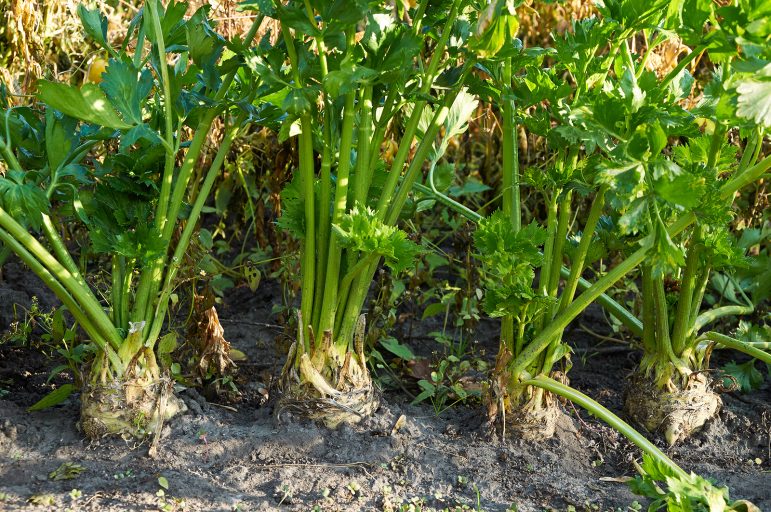Celery is having an anniversary this month!

In honor of four centuries of cultivation of this ultra-crispy vegetable and its sweet yet distinctive flavor, The United States is throwing a party, and the guest of honor is … The most versatile vegetable on record!
Some might say onion, but clever cooks disagree. Celery doesn’t make us shed tears, and you can’t mix chopped onions with walnuts and apples and expect people to willingly eat the result.
On the other hand, if you forget to add some cool, crunchy celery to your Waldorf salad, people might think you have lost your edge. On the other hand, if regular celery isn’t really your thing, try celeriac (also called celery root) for an even livelier flavor. This somewhat ugly and misunderstood vegetable combines the distinctive flavor of celery with the nutty goodness of kohlrabi, another underrated root vegetable.
Waldorf salad uses three ingredients readily available from Sonoran Desert farms in Southwest Arizona. In this “fertile triangle” of Arizona Farm Bureau counties (most notably Yuma), fruits, vegetables, and even nuts get an extra helping of sunlight. This helps enhance their flavor, bringing out unique flavors but never overpowering other ingredients – the way fresh, wholesome food should.
For those who don’t relish Waldorf salad, try a complex but savory Artichoke Chicken Salad (onions, but just the green ones), or a Shrimp Ceviche – refrigerator-cool but with all the spicy flavors of hot peppers, garlic and cilantro.
If you are thinking of growing your own, choose celeriac. Where celery is a long-season crop begging for regular, constant moisture, celeriac – a more intense version of celery – is all about taking what is given. In fact, celeriac’s flavor is “watered down” by too much moisture, though it does like fertile, composted soil, a full 120 days to mature, and regular watering during dry spells. The leaves, which must be removed as the bulb grows, make an even more piquant garnish to salads, meats and sides than parsley, even the though the color is a less intense green.
Celery is often touted as the dieter’s friend. Supposedly, it takes more calories to eat it than the stalks contain. This is true, but only because celery’s calories are locked up in cellulose, which humans cannot digest. If you’re truly serious about dieting, you would be better off drinking a cold glass of water. This forces your metabolism to burn calories to warm up those chilly innards.
Eating celery – and, to a greater extent, celeriac – makes sense from a nutritional standpoint, however. Celery not only delivers record amounts of vitamin and mineral-enriched fluid for good hydration, it is also rich in antioxidants that help prevent cancer and protect immune system functions.
Related articles
- 50 Ways to Celebrate Celery (fillyourplate.org)
- Make a Memorable Mardi Gras Meal (fillyourplate.org)
- How to Eat Right While You Hike (fillyourplate.org)

